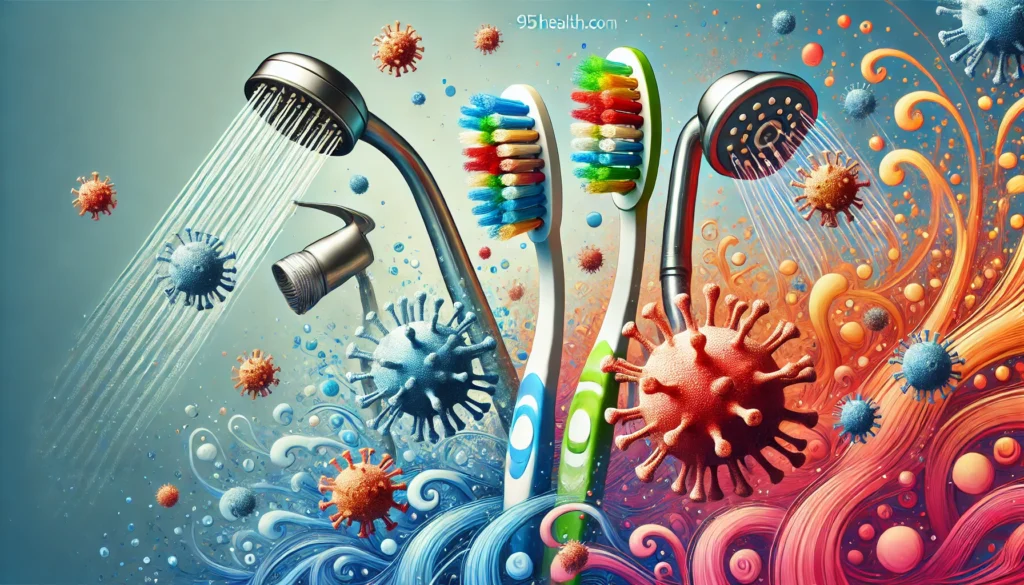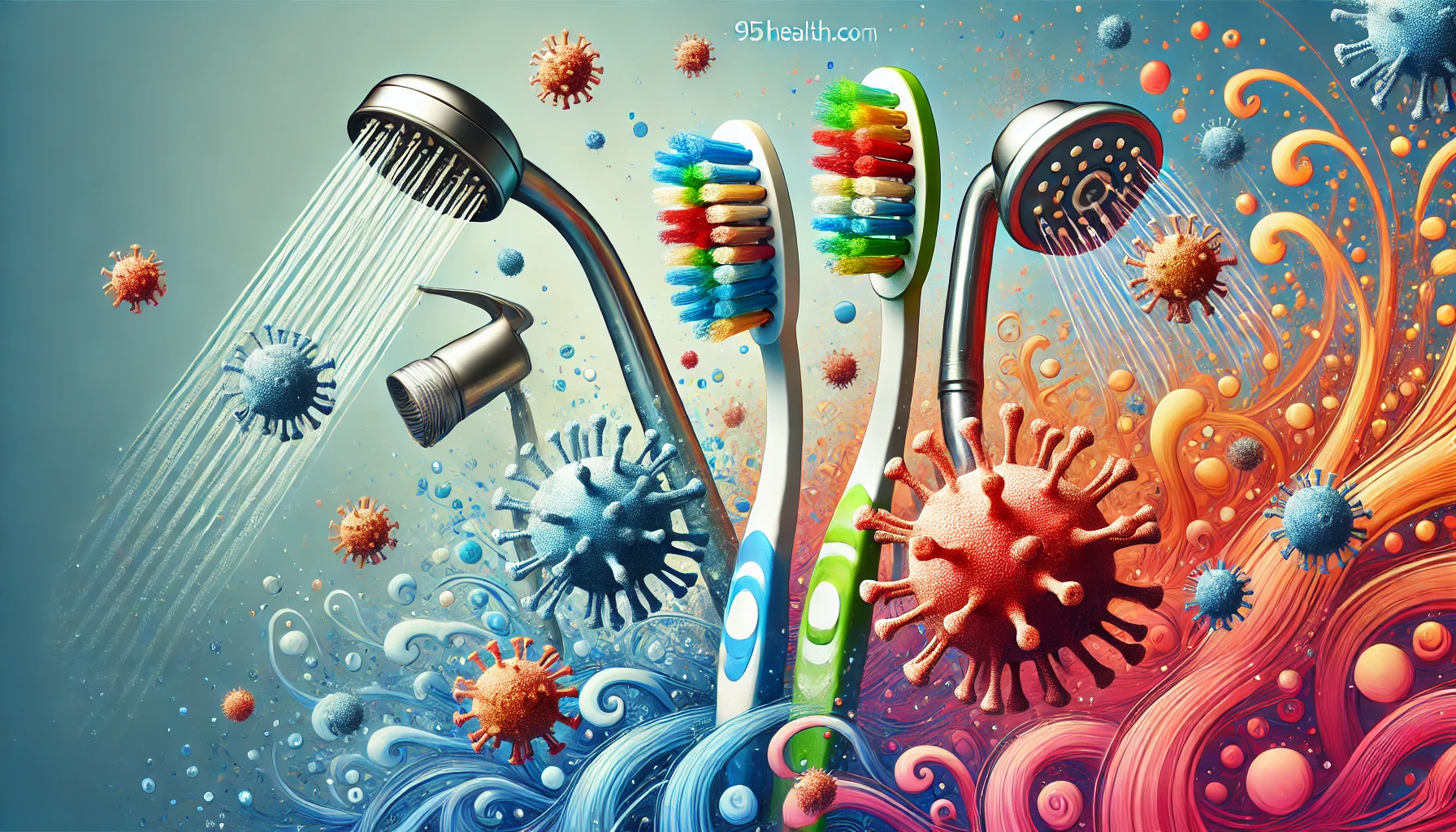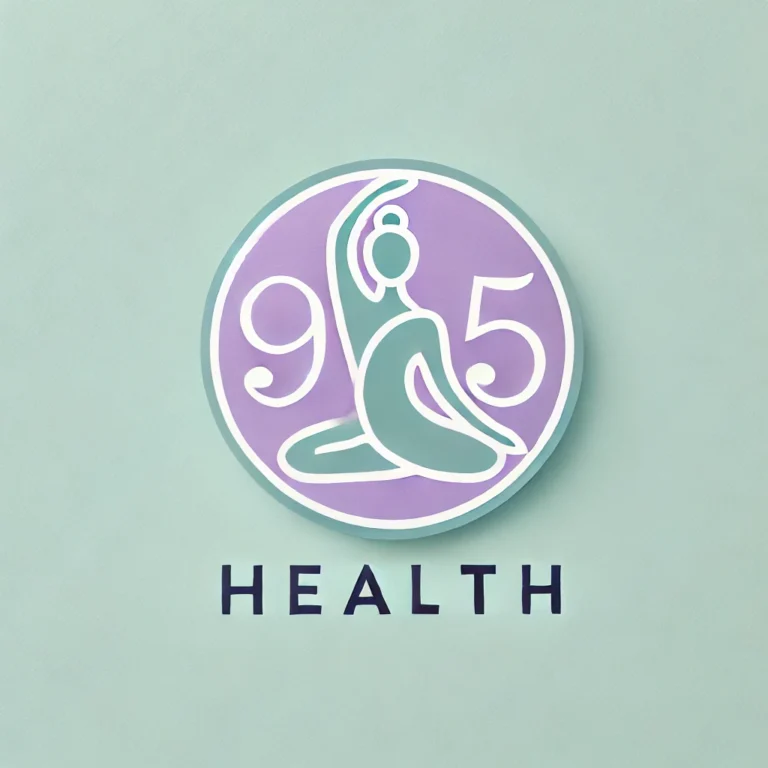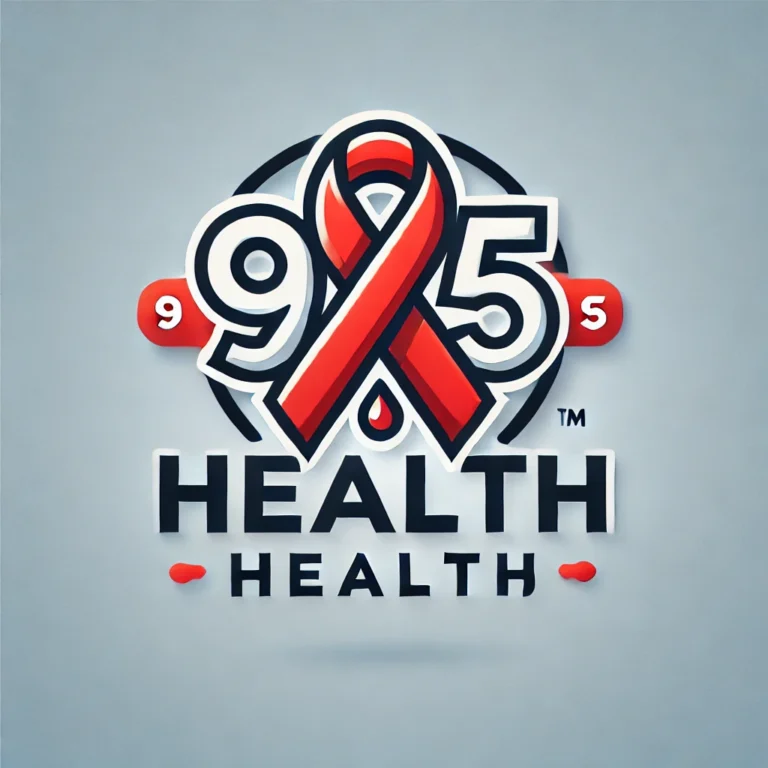Toothbrushes and Showerheads: The Unexpected Breeding Grounds for Unknown Viruses
Tools of cleanliness are usually considered to be household items such as toothbrushes and shower heads. But, a recent study found that these apparently innocent items are awash in viruses scientists know little about. The finding underscores the unknown intricacies of the buildings, sidewalks and streets that form our everyday environments and the important questions that microbial life can pose for our health. The findings of this study were: let’s see what it means for household hygiene and public health.
Viruses of the Hidden World of Your Home
The recently published study has also pointed out that household stuff, especially those residing in the damp places such as bathrooms, can be the breeding grounds of viruses. Samples were collected from toothbrushes, shower heads and other bathroom fixtures, and researchers found that not only do many of these objects teem with different viral species, but that many have not been classified at all by science. It’s both fascinating and troubling, as this means we still don’t really understand the virome, the world of viruses.

These viruses are one of a group of viruses called bacteriophages that infect bacteria not humans. All environments are clothed by bacteriophages, but the extent to which we don’t know them and what effect they could have on what we regularly interact with in our own homes is striking. Bacteriophages don’t directly infect humans but they interact with the bacteria that live on and in us, how their microbiome might be impacted, leading to our overall health and wellbeing.
Read more: Scurvy: An Ancient Disease Making a Comeback Among Children
What makes bathrooms so viral hot spots?
The study’s findings explain why bathrooms, and things in them, are where a virus wants to breed. Moisture, warmth and the lots of organic material make bathrooms the perfect environment for microorganisms. For one example, showerheads are constantly bathed in water and a perfect surface for biofilm—a slimy mixture of bacteria and other microbes—to build up on. Capturing viruses biofilms are highly effective at absorbing viruses accumulated and proliferating.
While toothbrushes are exposed not only to water but also saliva and food particles soaps and thus face are exposed to water, soap and food particles. If there is no shelter, these materials can be nourishment for bacteria and other microorganisms that allow viruses that attack bacteria to grow. Additionally, most people place toothbrushes into closed or poorly ventilated areas, which helps those microbes to grow.
Read more: Understanding MIS-C: A Rare but Serious Post-COVID Syndrome in Children
The Effects on Public Health
The presence of unknown viruses in household items prompts an important question: What happens when these microorganisms affect our health? Bacteriophages do not directly cause human disease, however, their presence may still be important. For example, bacteriophages can tinker with the bacterial communities we have living in our houses and, if there’s a change in our microbiome. The imbalance of microbiome has been associated with allergies, asthma, even metabolic issues.
Furthermore, the study posits that frequent contact with a broad spectrum of viral communities might have both beneficial or detrimental effects on development of the immune system. On the other hand, regular contact with these microorganisms could provide some kind of help to immune system, as it is still within ‘hygiene hypothesis’ concept, the absence of microbe exposure in the childhood results in poorly regulated immune response. Whereas, other viruses might even cooperate with potentially pathogenic bacteria to spread the antibiotic resistance genes or other pathogenic characteristics.
Read more: Accelerating HIV Services: The Urgent Need to End AIDS in Children by 2030
Expert Opinions and What Needs to be Done
The finding grabbed the attention of experts in microbiology and public health, who say the virome that surrounds us on a daily basis should be better understood. Dr. ‘We are just at the tip of the iceberg with understanding the breadth of viral diversity that we can find inside our own homes,’ said Samantha Jones, a virologist at the University of California. Most of these viruses are harmless though, she said, and it’s important to remain aware that, while most of them are harmless, further research is needed to know exactly how much they could impact.
|
|
Dr. Michael Carter, and epidemiologist, offered another key opinion in that being this: in order to reduce the chance of coming into contact with the virus that causes COVID-19, it is important to practice proper hygiene. And he recommends cleaning household items regularly, such as replacing toothbrushes every three months and cleaning showerheads to break up biofilms.
Read more: Breakthrough in Malaria Prevention: Ivory Coast Launches New Vaccine for Children
Practical Recommendations for Keeping Household Items Virus-Free
While the idea of viruses lurking in our toothbrushes and showerheads may sound alarming, there are practical steps that households can take to mitigate potential risks:
- Regular Replacement and Cleaning: Use only one toothbrush at once. Replace it every 3 months, clean with hot water after each use. That brings me to a thought – also if available consider getting a toothbrush sanitizer.
- Ventilate Bathrooms: Ventilation, correctly done, reduces moisture levels in the bathroom and thus reduces the microbes’ hospitable environment.
- Deep-Clean Showerheads: To remove the biofilm and reduce microbial build up soak shower heads in a Vinegar solution.
- Avoid Enclosed Storage: Another way to prevent bacterial and viral growth in your home is storing toothbrushes in open, dry areas.
Read more: The Benefits of the Mediterranean Diet for Children’s Cardiometabolic Health
Conclusion: Embracing the Unknown
The study warning of unknown viruses lurking in household items, like toothbrushes and showerheads, is a result reminder that there are unseen complexity in our environment. Many of these viruses, most of which are harmless, provide a fascinating window into the microbes that surround us, and we are just beginning to understand them. Proactive hygiene measures can help reduce those potential risks and keep us exploring to find out what role these microorganisms play in our lives.
Have you ever considered the small little creatures lurking in your household items? Can you think of any actions you take to make your home nice and clean? The comments below are open to you and I invite you to share your thoughts about how to keep our homes as safe as we can.
Read more: Breakthrough in Malaria Vaccine for Children in Ivory Coast
| 1. Can viruses breed on toothbrushes? | |
| 2. Should you replace your showerhead frequently to avoid bacterial build-up? | |
| 3. Which items are breeding grounds for viruses? (Select all that apply) |
Toothbrush Showerhead Lightbulb Pillow |
| 4. How often should you change your toothbrush? | |
| 5. On a scale of 1-10, how much do you think personal hygiene affects health? | |
| 6. Viruses cannot survive on wet surfaces for long. (True/False) | |
| 7. Rate the following items based on how often they should be cleaned: | |
| Toothbrush | |
| Showerhead | |
| 8. Is it safe to share your toothbrush with someone else? | |
| 9. A dirty showerhead can contribute to respiratory issues. (True/False) | |
| 10. What is the most common material found in showerheads that supports bacterial growth? |
References
- Williams, R. "Toothbrushes and Showerheads Are Teeming with Viruses Unknown to Science, Study Shows." Live Science, 2024.
- Jones, S. "Understanding the Virome: The Viral Diversity in Everyday Environments." Journal of Microbiology, 2023.
- Carter, M. "Hygiene Habits to Minimize Microbial Risks." Public Health Today, 2024.
- University of California. "Exploring the Unknown Viruses in Our Homes." UC Research News, 2024.







I’ve observed those everyday items, like toothbrushes, grow into a very unexpected haven for lurking germs, if we miss the upkeep. For instance, the American Dental Association found that toothbrush left uncovered can collect up to 100 million bacteria, such as E.coli. But it’s extremely important to know to frequently replace your tooth brush, and to regularly clean your shower head—to minimize exposure. Another thing I’m also certified in is infection control and it’s taught me the significance of minimizing microbial growth in high moisture areas. So have people made other changes they’d like to share to their bathroom hygiene?